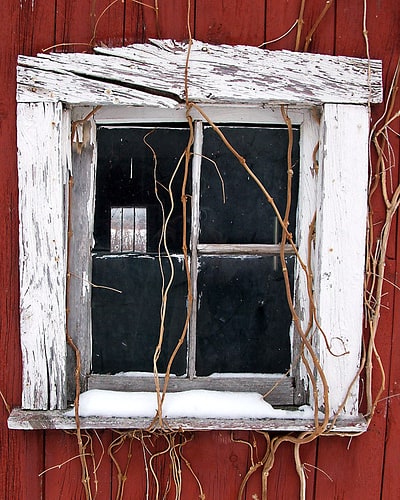 There’s always a bit of a brouhaha when it comes to aging a wine versus popping the sucker then and there. It’s the age old “life’s too short” sort of thing in one corner, and “good things come to those who wait” in the other. But are drinking windows — those range of years that tell us when its optimal to pop the cork — really accurate, and should they be trusted?
There’s always a bit of a brouhaha when it comes to aging a wine versus popping the sucker then and there. It’s the age old “life’s too short” sort of thing in one corner, and “good things come to those who wait” in the other. But are drinking windows — those range of years that tell us when its optimal to pop the cork — really accurate, and should they be trusted?
Maddening as it is to some, I probably come down smack dab in the middle of that debate; blame my Canadian upbringing if you will. It’s like the Life Savers television commerical from the 70s — but, wait, you’re both right it’s two mints in one! Yet, over time, after surviving a bubble or two here in Silicon Valley and watching nieces and nephews grow so fast, I’ve come to realize that there’s something to be said for the here and now.
Drink no wine before its time
And, as I navigated our cellar trying to find an excuse to open something (anything!) I also wondered where these mysterious windows came from. I picture a group of gangsters huddled around a table in a smokey Vegas night club… yeah, 2015-2020 … that’s the ticket!
Wine culture in our household is pretty simple. I like to open, here and now. Little Loni likes to cellar them away (a 40% return!).
So I’m always looking for an excuse to open that Silver Oaks (nice try buddy), or Etude (not happening), or even just a friendly Artesa Pinot (50/50 proposition). Armed with hard, cold data such as drinking windows, possibly generated by a roomful of mainframes, would surely help me make the case.
I was surprised to learn that, at least according to CellarTracker (the wine cloud of wine clouds), there were at least 13 wines in our cellar that had passed their primes. As I scanned the wine list, one line item in particular jumped out at me: 3 bottles of 1999 Grgich Hills Cellar Cabernet Sauvignon ($72). By Napa standards not a budget-buster. Still, I was somewhat peeved at myself for missing the fact that the end of its drinking window has passed (2004-2009). Then I realized according to CT data, the window for this bottle was only 10 years. Kind of short, I thought, for a Napa cab, no? Maybe not – it’s not a Bordeaux. I wasn’t really sure what to think, so I Googled a bit to see if there was additional information:
Search = “1999 Grgich Hills Cellar Cabernet Sauvignon” – results mostly links to CellarTracker. Kudos Eric! But I wanted to corroborate the information.
Search = “how long can i age a napa cab” – links to Wikipedia, Natalie MacLean (see, Blame Canada I tell you), Yahoo Answers. Not much to go on.
Search = “best sushi restaurant San Francisco” – now we’re getting somewhere…
I know, I know. Wine is socially-driven, not research-driven. I’m probably lending credence to the notion of just pop the cork and drink the darn thing already.
You’re probably right about that, but then again, like baseball, wine is sometimes a game of numbers (alc. level, brix, no. of months aged in barrels, blending %, etc.).
Maybe tonight I’ll keep it simple and stick with a trusty old Chateau Ste. Michelle Riesling ($6.99 Trader Joe’s). I will drink the agreeable plonk merrily, and think about what could be.


